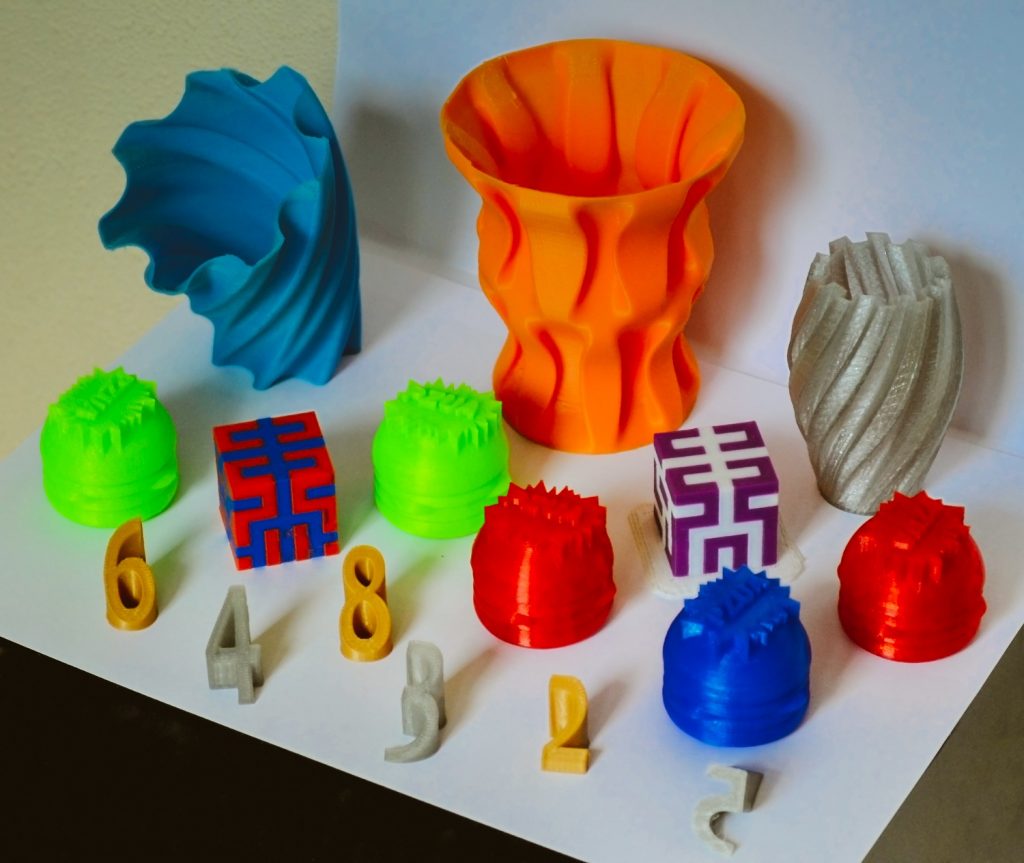When you are designing your product, there is a master trick that can help you build a product more effectively i.e., Color psychology!
Color psychology plays a critical role when it comes to designing your first product. Let’s explain a little further how it affects users and what principles you should pay attention to when designing a product.

If you have ever been associated with the designing process, you must be familiar with the fact that color is an essential instrument in any designer’s tools. Research regarding color psychology shows that it takes 90 seconds for a person to form a buying decision about a product, and almost 90 percent of the time, color is the primary element behind every decision. Although color is viewed as an aesthetic element, it has a cognitive and emotional impact on users. Plus, you can easily remember color when it comes to encountering new things. Today most product design companies apply color psychology in user experience design and marketing.
Association between color emotion and color psychology
Color does not only alter your buying decisions, but it can also affect your heart rate, sleep, mood, and even your well-being. It is why most people recommend you not to use mobile phones right before going to bed, as the screen light often wakes you, and sometimes it can cause insomnia.
There is a vast amount of possible color combinations available, and therefore it will be pretty hard for you to choose one that can significantly influence your app or website. I know it would be pretty hard for you to choose the best color, but if you have these tricks, you can easily find the best one for you.
A thoughtful color palette can turn your design from good to great, but a lousy color or mediocre palette can lose user attention. In the worst case, it can interfere with their ability to use the app or site properly. Colors can stimulate the user’s emotions. Companies that provide product design services pay closer attention to the choice of colors.
Color preferences
Based on gender, age, and impulsivity, users react differently to shades and colors. The color preferences are, in no case, universal, and there are unique differences in the choice of colors between both genders. Plus, it also depends upon your age as well. So let’s look a little deeper into how each aspect should be considered in your color decision.
Age
When you are marketing your first product, it is essential to tailor your marketing efforts to your target audience. Pay closer attention to the age when you research the target users and their demographics. Understand the choice of color is based on age, so choose the right one for your targeted audience.
Studies show that all age groups prefer blue, and yellow is preferred among children. As people mature, they prefer shorter wavelength colors than the colors of longer wavelengths.
If your target audience is older, companies that provide product design services recommend you avoid using bright colors. Too vibrant and bright colors can decrease conversion.
Gender differences: Men vs. Women
Findings are ambiguous regarding which colors either gender prefers the most. However, research shows that men prefer contrasting, vibrant bright colors while women love softer shades. Both sexes love green and blue colors. Purple typically repels men, while women adore it.
Cross-culture color psychology
Apart from gender and age, the cultural background is the primary factor that affects your color preferences. For example, among western people, white color is associated with hope, chastity, innocence, and aspiration. However, it is related to bad luck in a few parts of Asia.
If you are providing product design services to a global audience, make sure you do thorough research before you finalize any color preferences for your product. A balance between colors is required to prevent negative cultural connotations for any product that is for a global audience.
Follow The 60-30-10 rule
The 60-30-10 rule allows you to maintain an adequately balanced and aesthetically pleasing color palette. That one color which is often neutral makes up 60% of the palette, another supplementary color makes up 30%, and then the third color is often used as an accent which makes up to 10% of the design
Impact of color on conversion rates
If you want to measure the effect of color on conversion rates, then you should do A/B testing. A lot of studies show how just changing the color of the CTA button drastically increases signups.
Lastly, no color can do magic for you. All you need is to be willing to play around with the tons of color palettes that you have until you come up with the right one.



